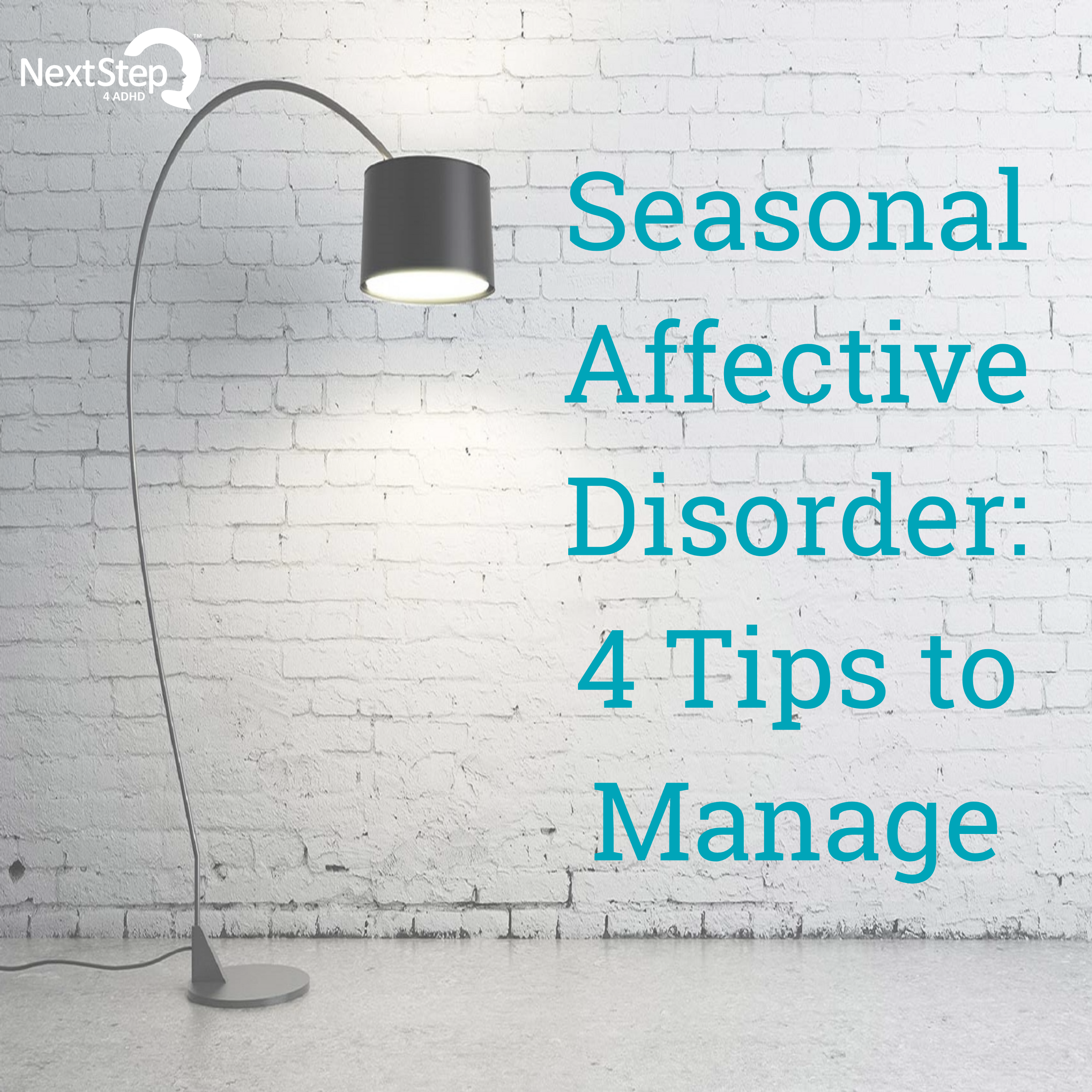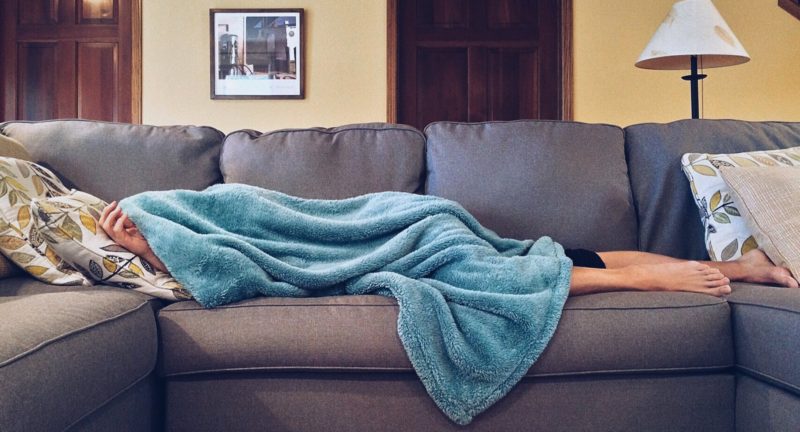
Seasonal Affective Disorder and ADHD: 4 Tips to Fight Depression
Do shorter days and darker nights have you feeling a little blue? Seasonal affective disorder (SAD) is common during the darker winter months, and unfortunately, SAD disproportionately affects individuals with ADHD.
If you’re experiencing any symptoms of SAD, we recommend that give us a call. Whether you’re struggling with SAD, depression, or ADHD, we can help you.
In the meantime, keep reading to explore what SAD is and how you can keep it at bay.
ADHD and SAD
Like depression, SAD is a mood disorder. It is associated with depression and related to seasonal changes in light. In countries where the sunlight hours are few (such as the Nordic countries), SAD impacts up to 20% of the population.
Even beyond the icy dark Nordic countries, SAD may disproportionately affect adults, teens, and children who have been diagnosed with attention deficit hyperactivity disorder (ADHD). Researchers estimate that 27% of the individuals with ADHD also struggle with SAD — that’s 7% more than those already living in darker climates.
What Is Seasonal Affective Disorder?
Seasonal affective disorder is a type of depression that is triggered by the change of seasons and the variations in hours of daylight each day.
Most people with SAD notice their symptoms begin in autumn and extend through the winter.
Symptoms of SAD (whether or not you have ADHD) include:
- Increased feelings of sadness
- Feeling depressed almost every day
- Loss of passion for your favorite activities
- Fatigue and low energy levels
- Difficulty sleeping
- Changes to your appetite
- Feeling agitated
- Trouble concentrating
- Experiencing feelings of hopelessness or guilt
- Having frequent thoughts of death or suicide
Why Do Variations in Light Affect Your Mood?

Why do the changing seasons affect your mood? Here are three contributing factors:
- Your circadian rhythm: Decreasing sunlight may disrupt your body’s circadian rhythm. If your internal clock is impacted, it can lead to feelings of depression.
- Serotonin levels: Reduced sunlight can also cause a drop in serotonin, and this decrease in serotonin may trigger depression.
- Melatonin levels: The change in sunlight doesn’t just affect your serotonin levels. It can also impact your level of melatonin. Changes in melatonin can alter your sleep patterns and even your mood.
4 Tips for Reducing the Impact of Seasonal Affective Disorder
Now that we’ve covered what SAD is, how to spot the signs of SAD, and how light affects your mood, what can you do about it?
Here are four strategies you can implement.
1. Schedule Regular Exercise
If you spend less time outside during the winter, you’re not alone. Most people naturally spend less time outside during the winter because #brrr.
And less time outside often equates with less physical activity, and that can definitely impact your mental health.
Most people spend only 7.6% of their time outside. Considering that Americans also spend 5% of their time simply driving in the care, 7.6% isn’t a whole lot!
The changing weather, the decreasing light, and the decrease in physical activity is a perfect storm. If you think you have SAD or depression, consider scheduling regular exercise into your day.
Moving your body promotes good brain chemistry, which can help you feel better.
The Norwegian have a wonderful proverb: “There’s no such thing as bad weather, only bad clothes.” Bundle up and try some cold-weather activities like skiing, cross-country skiing, or snowshoeing. Even a leisurely stroll in the brisk air is good for you.
Prefer to say in? No worries! There are plenty of indoor activities to keep you active: running on a treadmill, yoga, Pilates, lifting weights, or following along on YouTube dance workout.
2. Soak Up Some Sunshine

Even if the sunlight diminishes, try to soak up a little sunshine each day. Research shows that low vitamin D levels can contribute to SAD. Experts suggest trying to get 30 minutes of morning sun — to start the day off right. If you go for a jog or walk at this time, you’ve crossed two items off of this list at once: regular exercise and time spent outside.
3. Stick with Your Schedule
Sleep disturbances are common with SAD. In order to prevent even more sleep interruptions, stick with a schedule.
- Go to sleep at the same time every night
- Avoid blue lights before bed
- Sleep in a cool, dark room
You can find more sleep tips in this article: What Is Sleep Hygiene?
4. Seek Treatment
Even if you’re exercising regularly and getting to bed on time, SAD can still take root.
If you are experiencing symptoms of SAD during the fall or winter months, contact one of our mental health professionals who can help you “weather the storm.”
Call our office at 502-907-5908 or request an appointment online.
Related Posts
What’s Sleep Hygiene? (Plus, A Guided Meditation to Help You Relax)
Sleep is one of the most basic needs of humans, and getting quality sleep is...
Focus Music? Here Are 5 Spotify Playlists to Promote Focus
Last November, we wrote about the benefits of music and how classical music can...


